Trends in higher education: What’s happening in 2022 and beyond
Recent surveys reveal how student demands and a shifting educational environment are accelerating significant change for higher education.

Kate Reynier

- Part 1 Gen Z students are shaking things up
- Part 2 Joined-up technology to meet student and faculty needs
- Part 3 Student Success: retention and completion
- Part 4 Final thoughts
The status quo of higher education has changed almost beyond recognition since the beginning of this decade.
While technology and a changing workforce were already creating upheaval in education delivery, 2020 marked the beginning of a significantly distinct era.
Colleges and universities had to deal with disruption on a scale never imagined, while at the same time becoming familiar with a new generation of students that is more diverse than ever before.
The pandemic forced students to reassess how they learned and what they needed from their education. And, as the global crisis recedes, educators are evaluating their institution’s responses to determine which strategies were successful enough to integrate into their “new normal”.
As higher education leaders engage with delivering educational programs that combine traditional strategies with the new practices that benefited students and faculty the most, several trends have emerged.
- A new generation of students with unique needs is driving change toward more personalized and more equitable interactions
- A focus on student success that goes beyond academic achievement to a holistic view of students
Adopting technology to support student success and be better attuned to student and staff needs.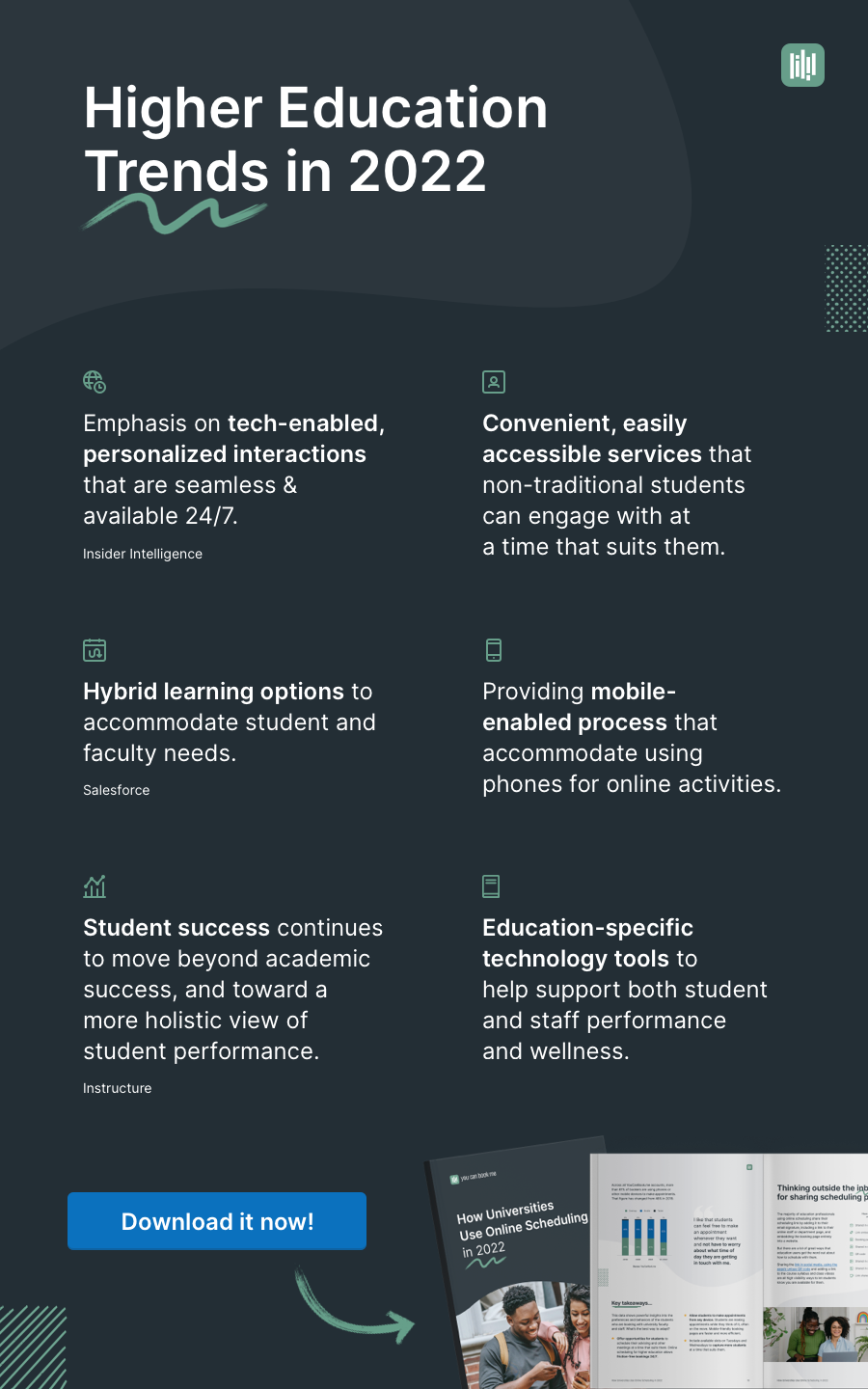
Gen Z students are shaking things up
The vast majority of university and college students sit firmly in the Gen Z camp. As a group, they have high expectations for service, efficiency, and how you as an institution treat them and their peers.
At the same time, due to pandemic disruption, they have more diverse needs and varying levels of preparedness for their higher education careers. For colleges and universities, this means the emphasis needs to expand from just academic success to a more holistic view of each student’s journey to ensure successful outcomes.

Academic advising, career support, and mental health provision are all equally important elements of the current student experience. Our 2022 Online Scheduling in Higher Education Survey revealed that faculty and staff are increasingly using technology like online scheduling to engage with this generation of students in all these areas. It lets them be available where and how students are most comfortable and offers the ease of use and customization today’s students require.
At the same time, educators are reaping the benefits of time savings and efficiency that technology brings. This allows staff to create a better overall student experience tailored for this Gen Z cohort.
This is a truly virtuous circle that means more time saved leads to better programs and experiences for students.
Unique students, unique needs
It won’t be a surprise to hear that Gen Zers are tech-savvy and mobile-first. They have high standards for how they spend their time online. They
- demand more personalized micro-experiences
- are drawn to online activities for ease, efficiency, and convenience
- expect their online experiences to be intuitive, seamless, and error-free
- place a priority on how quickly they can access information
- value online communities that allow different types of people to connect and mobilize around causes and interests
Of course, it’s dangerous to lump all university students into a single homogenous group. We know there is also a large number of non-traditional students who are older, may not study full-time, and have family or career commitments in addition to their academic pursuits.
The increased use of technology, more personalized educational experiences and intuitive, seamless online activities that Gen Z students prefer are beneficial to these non-traditional students who appreciate the flexibility and convenience they offer.
The urgent need to provide remote learning during lockdowns wasn’t planned and, for most, wasn’t anticipated. But a silver lining to the crisis is that remote learning is now accepted - and in some cases preferred - by students and faculty alike.
Hybrid learning isn’t the perfect solution for all students but offering both virtual and in-person learning environments can accommodate the needs of a wider variety of students than purely in-person tuition. Hybrid learning is something prospective students are increasingly looking for when choosing where to attend.
Joined-up technology to meet student and faculty needs
Creating the personalized experience that students are looking for requires being able to track students throughout their academic journey.
Coordinating data from across departments facilitates a 360-degree view of each student, the challenges they face, and the progress they’re making. It allows you to make informed decisions about the support students need at each stage in order to overcome the barriers to their success.
But a significant number of institutions say they don’t have the integrated systems required to ensure they have the data they need to do this job effectively.
Increasing numbers of universities are prioritizing Constituent Relationship Management Platforms (CRMs) which can go some way to ensuring data from separate departments can be included in a central student record.
An example we have seen from our Online Scheduling in Higher Education Survey was the use of online scheduling across multiple departments to provide dozens of services.
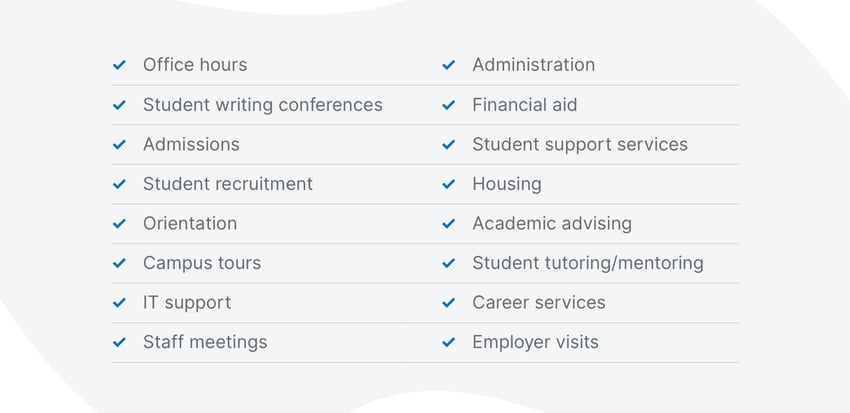
Understanding how students are engaging with different departments contributes to the holistic view. Automatically sending booking data from separate booking pages into the same CRM means records are continually updated and accessible.
This data can also be used to continually iterate on the student experience, based on the options students prefer.
For example, booking trends across thousands of YouCanBook.me education accounts clearly show when students are scheduling, and when they want to meet.
Tuesdays are for more than just tacos 🌮
Our research shows that students are more likely to be on a university booking page, looking for a time to schedule a meeting, on Mondays and Tuesdays.
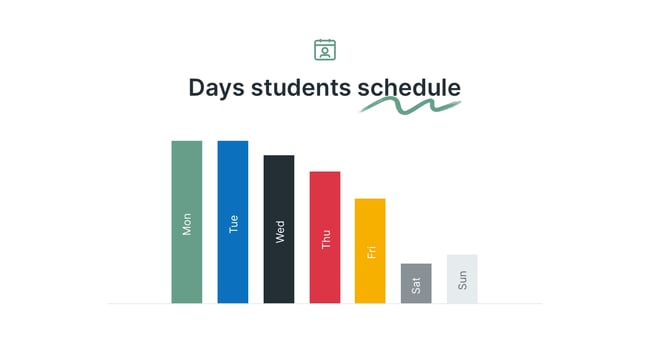
By contrast, Tuesdays and Wednesdays are the most popular days and times for students to meet with faculty and administrators.
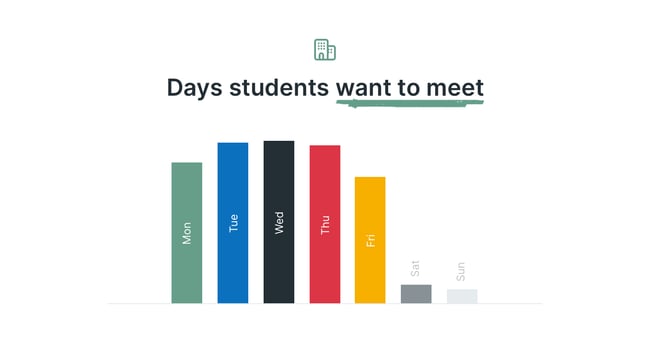 Across all YouCanBook.me accounts, more than 61% of bookers are using phones or other mobile devices to make appointments. That figure has changed from 48% in 2019.
Across all YouCanBook.me accounts, more than 61% of bookers are using phones or other mobile devices to make appointments. That figure has changed from 48% in 2019.
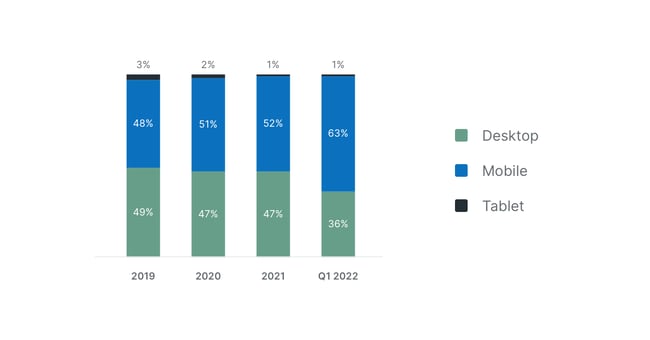 Data like this can give powerful insights into the preferences and behaviors of the students. With it, institutions can adapt to offer a better student experience.
Data like this can give powerful insights into the preferences and behaviors of the students. With it, institutions can adapt to offer a better student experience.
- Offer opportunities for students to schedule their advising and other meetings at a time that suits them.
- Allow students to make appointments from any device. Students are making appointments while they think of it, often on the move. Mobile-friendly booking pages are faster and more efficient.
- Include available slots on the most popular days of the week to capture more students at a time that suits them.
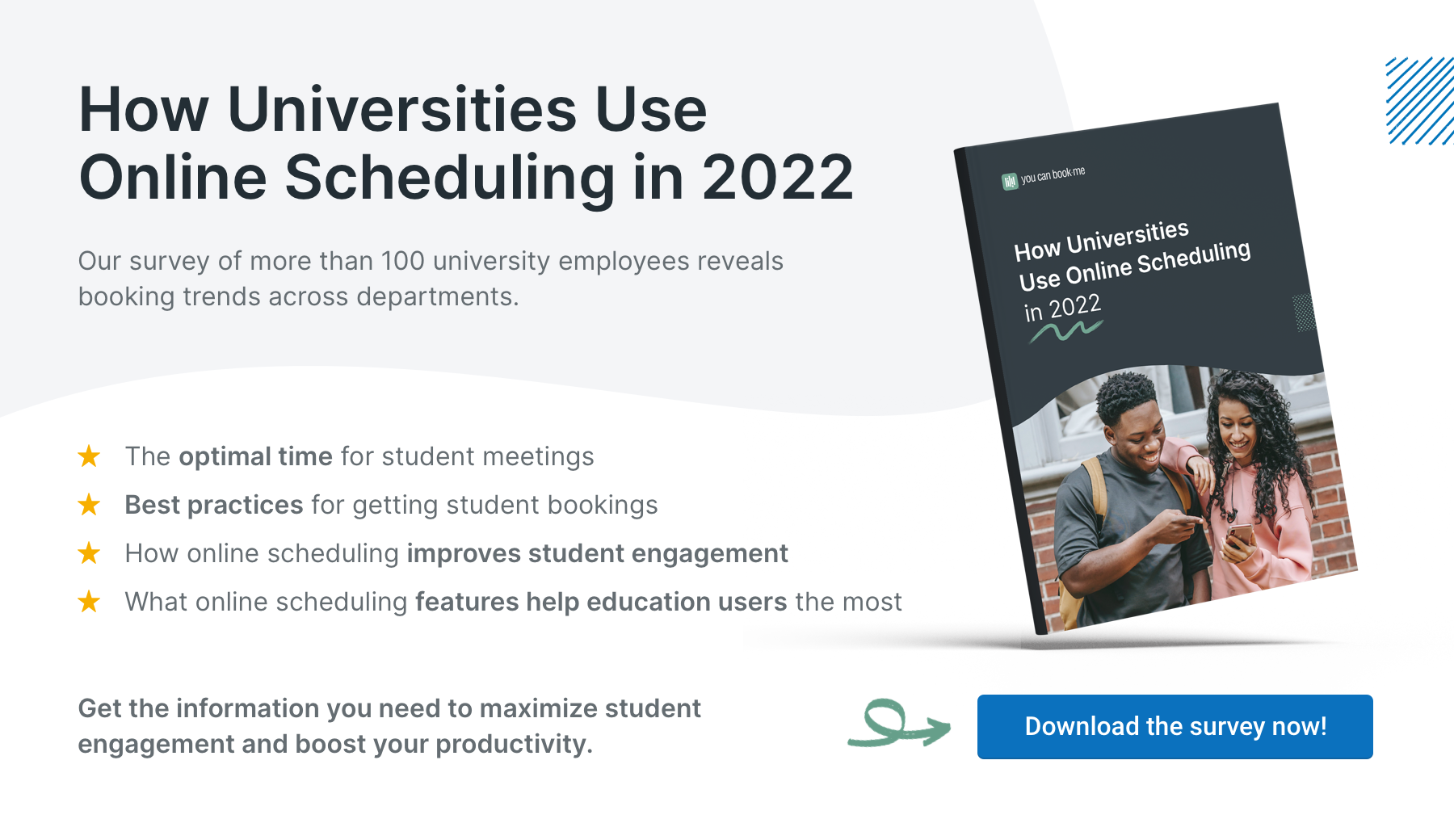 In addition to creating a joined-up view of each student’s journey, investing in technology pays dividends in the time saved and increased productivity of faculty and staff.
In addition to creating a joined-up view of each student’s journey, investing in technology pays dividends in the time saved and increased productivity of faculty and staff.
Returning to the example of scheduling software for higher education, faculty and staff feel strongly that using online scheduling brings significant improvements to their day-to-day work.
1. More than 77% agreed or strongly agreed that college scheduling software was their “secret weapon” at work. They cited such benefits as being more productive, being better organized, offering a better student experience, and substantial time savings.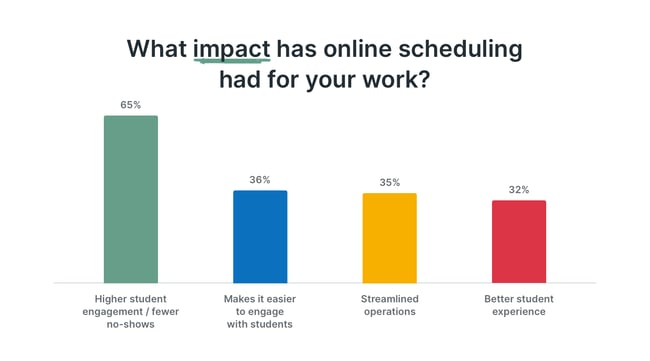 Just one easy-to-use, low-cost software can help you offer a secure, accessible option for students to schedule time when they need it.
Just one easy-to-use, low-cost software can help you offer a secure, accessible option for students to schedule time when they need it.
- Easy-to-use technology removes barriers and lets students engage with services at a time and place that suits them
- Self-service canceling and rescheduling lets students easily communicate changes when needed
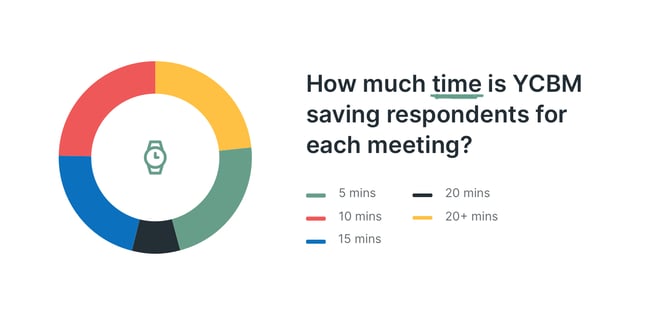 These significant time savings allow time for preparation and cross-campus collaboration to develop programs that better respond to student needs.
These significant time savings allow time for preparation and cross-campus collaboration to develop programs that better respond to student needs.
Student Success = retention & completion
A third trend, which was gaining traction before the pandemic but has been forced front and center as a result of it, is the focus on Student Success.
Student Success is making sure that every student has what they need to accomplish their educational goals. While it began as a way to measure outcomes like academic achievement and employment rates, it now also focuses on ensuring students have the hard and soft skills they need so they are academically and mentally prepared to enter their chosen career.
Why is Student Success so important now?
University retention and graduation rates have been trending downwards for some time. However, COVID-19 has exacerbated the issue for many students.
- Quick pivots to remote learning left many students feeling disconnected and, in some cases, unable to access the learning they needed.
- Non-academic barriers like financial constraints and mental health issues have impacted retention
- Non-traditional students may have experienced increased family care demands that impacted their ability to complete courses
The function of Student Success is to recognize these challenges and ensure students are able to manage them while engaging in education so they stay enrolled and eventually graduate.
Student Success requires understanding the individual journey of students. It aims to increase successful student outcomes by taking into consideration all the different issues students face, in their personal as well as their academic lives, and making sure the institution is able to support them.
Developing a broad range of programs that address the diverse needs of the student body creates the support network required to promote student success.
Personalized communication supports students’ success
We know that Gen Z students value personalized experiences, yet students responding to one survey indicated that institutions could do a better job in this area.
25% of students say they want a more personalized education experience that better meets their needs. This includes hybrid learning, more equitable access to learning, and even administrative functions.
60% of students say that a lack of consistent communication from their university erodes trust and can damage student success.
Almost 50% say they want to receive more personalized communications from their institutions. They value the alerts, emails, personalized messages, and reminders they get and would encourage administrators to send more of them.
University advisors: personalizing student success at scale
A key resource in any student's journey is the advisors they see for check-ins about academic progress, careers counseling, and more.
Student success encompasses all these activities and advisors are uniquely placed to create the personalized experience that Gen Z students require.
|
Higher education scheduling software like YouCanBook.me is the clutch player when it comes to the tools advisors use.
- adapts to multiple types of appointments
- can be personalized for individual student needs
- creates confidence that students will be seen
- helps advisors to be fully prepared for every meeting
- automatically syncs with other tools so you can spot issues and track trends
When students feel their time is not wasted, that their concerns are taken seriously, and that the university is working in partnership with them, they are more likely to engage with the process. And student engagement is the first step toward student success.
|
Higher education technology allows universities to deliver personalized processes across tens of thousands of students. It lets you automate communications on a large scale without sacrificing the personal touch.
|
Missouri State University Advisors are using technology to meet the needs of today’s students |
Final thoughts
While the COVID-19 pandemic was a challenging time for everyone in higher education, its aftermath has resulted in an equally demanding period of reflection and adaptation.
This generation of students, which has grown up with technology and uncertainty in equal measure, has specific needs - both academic and personal - that need to be supported in a way that engages them and allows them to flourish.
At the same time, universities are increasingly measured by new student outcomes that require a more holistic approach to the individual needs of students.
In both cases, technology can be a limitation or a solution. Higher education software designed to offer an intuitive, personalized experience smooths the student journey. It offers scalable solutions by increasing productivity, reducing manual tasks, and removing human error. And it can facilitate the data needed to provide an exceptional experience for all students.
Subscribe to our newsletter
Get productivity tips, news, articles and resources.
Written by
Kate Reynier
Kate is YouCanBookMe's Director of Product. She was YCBM's first employee and feels privileged to have been a part of the journey: from supporting our customers, to helping bring YCBM to life in our blog posts, and now helping to develop a product that our customer love.
Keep reading
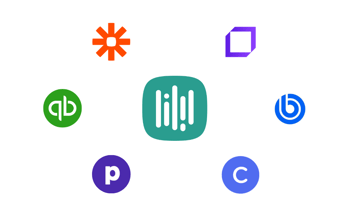
7 Must-Have Coaching Software for Client Success
Streamline your business using these top coaching software, taking the admin tasks off your plate so you can focus on helping your clients become the best version of themselves.
Read bloge1f6.jpg)
Schedule Smarter: 7 Doodle Alternatives to Consider in 2024
On a quest to find the best scheduling tool for your team? Check out the seven best Doodle alternatives, all designed to help you save time and hassle!
Read blog
4 Reasons Why YouCanBookMe Is Better Than Calendly
If you're a small business that truly care about your customers, Calendly isn't the right scheduling tool for you. See why YouCanBookMe is better than Calendly on four major fronts.
Read blog


